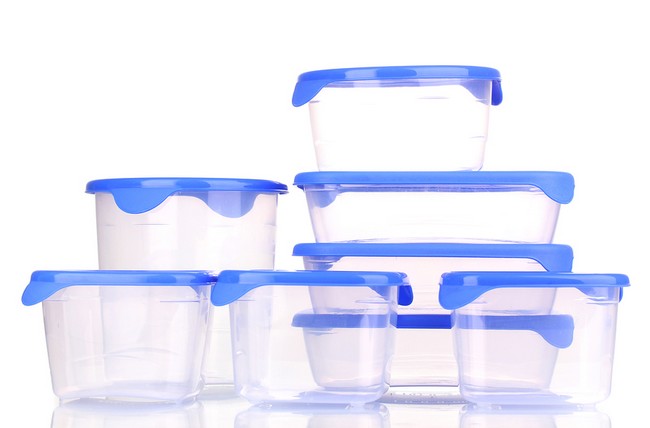- Make It Yourself Lavender Heart-Shaped Bath Bombs!
- 20 Things You Never Knew About “Down There”
- 12 Best Foods For Those Suffering From Arthritis Pain
- 12 Personal Hygiene Mistakes Almost Everyone Makes (Mom Never Told You About #4!)
- 15 Medicinal Plants And Herbs From The Cherokee People
- 12 Mind-Blowing Benefits Of Drinking Coconut Water During Pregnancy
- 12 Outstanding Winter Foods That Won’t Fatten You Up Like A Christmas Turkey
BPA Free Plastics Contain Another More Dangerous Chemical
If we could give a dime for every headline written about BPA, we would be rich beyond our wildest dreams by now! All the negative press is, unfortunately, well deserved. Most people search diligently for plastic bottles that are free from that dangerous chemical BPA. Can you blame them? This chemical, which is used to make various plastics, many of them containing foods and drinks, is linked to heart disease, asthma, fertility problems, and even certain cancers. What most people don’t know, however, is that many of the products now labeled “BPA free” contain a chemical that can be just as dangerous as the BPA we try so hard to avoid. BPS, the alternative to BPA, showed that in a pair of studies, it can cause cardiac arrhythmia and hyperactivity. This evidence was presented at a joint meeting of the International Society of Endocrinology and the Endocrine Society in Chicago.
According to one of the lead researchers from the University of Calgary, BPS, which many think of as the safe alternative to BPA, can be just as harmful to the brain. Researchers believe that all bisphenol compounds need to be removed from manufacturing as well as out of the lives of consumers.
Bisphenol A, otherwise known as BPA, is a chemical that has been widely used even though it’s a well-known hormone disrupter. It’s been linked to numerous health conditions such as hyperactivity, reproductive issues, obesity, and cancer.
Growing concerns and consumer demand over these health effects has led many manufacturers to introduce products that are free of BPA. Still, many of these products rely on a chemical that is nearly identical, bisphenol S (BPS).
There is an implied type of safety in using products that are BPA free, however, the substitution, BPS, as not been tested at all for safety in human beings.
SEE ALSO: 80 Percent of Packaging is Toxic Waste
The study that was performed was designed to simulate prenatal chemical exposure, the same manner that would occur should pregnant women be exposed to BPA or BPS. Scientists exposed the embryos of zebra fish to the same concentrations of BPA that are found in a major source of drinking water, in Alberta’s Oldman River. After exposure, they counted how many neurons had developed in the brain.
The study showed that fish exposed to BPA had 170 percent more neurons at the time of peak neuronal birth than fish that were not exposed to BPA. The fish that were exposed to the same concentration of BPS had 240 percent more! The fish exposed to both compounds showed higher hyperactivity behavior than the fish in the non-exposed groups did.
One of the first assessments of BPS was conducted in mammalian primary cells or organs. This study showed that BPS causes arrhythmia (an abnormality in the rhythm of the heart) in much the same way BPA does.
For this study, scientists exposed 50 rats to a 1-nanomolar dose of BPS, about the same amount that is found in human urine. The hearts of these rats were then stimulated with a hormone to imitate a natural stress response, and then the BPS was sent into their arteries and into their hearts.
The hearts of the female rats, but not males, which were exposed to BPS, had rapid heartbeats and extra heartbeats. This problem occurred because the BPS caused abnormal cycling of calcium in the body, the same type of problem that BPA causes.
It’s interesting to note that the Calgary scientists found that BPA, and perhaps BPS also, might interrupt hormones through pathways other than by imitating estrogen. In the study done with zebra fish, BPA actually seemed to mimic testosterone.
The summary of the research conducted in Cincinnati could apply to both sides. Their finding questions the safety of these “BPA free” products (the ones using BPS as a replacement). BPS and other types of BPA replacements need to evaluated further before we allow humans to continue to use them.
What can you do? Although you can’t avoid all plastics, the less contact you have with them the better off you will be. Use glass and food grade stainless steel products for storing food whenever you can. Buy food in glass containers, also, as many canned items are lined with plastic. Buy stainless steel water bottles and thermos for coffee. Read also about a new type of sypermarkets in Germany.
Source:


































